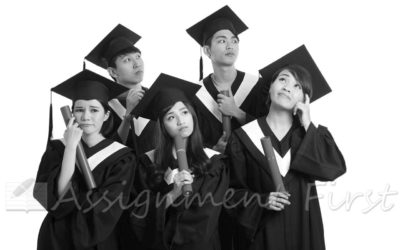essay修改:牛仔裤生产的正面或负面影响
它既有积极的影响,也有消极的影响,因为政治上它不被他们接受,但年轻人渴望穿牛仔裤,这就是为什么牛仔裤生产对他们来说是一件好事。
对一个苏联人来说,上世纪50年代初出现在这个国家的裤子不仅仅是衣服。它们是机遇和成就的象征。个人不惜血本购买牛仔裤,假扮西方品牌花大力气换牛仔裤,甚至因贩卖牛仔裤入狱。
在苏联,裤子是西方生活方式的象征。1957年,世界青年和学生节期间,苏联爆发了“裤子热”。根据1961年的俄罗斯物质词典,裤子最初被暗指为“工人制服”。20世纪50年代中期,苏联国民第一次接触到牛仔布,牛仔布是一种用来做裤子的材料。裤子在苏联的引入开启了裤子热新的官方篇章,随后莫斯科组织了一个世界学生和青年节。这是一个转折点,当时苏联的一切都颠倒过来了,现在裤子被认为是社会形象的服装。牛仔裤在终极社交圈中形成了一个微妙的自主循环(Calic, Neutatz, &Obertreis, 2011)。
东欧社会主义政府的言论,为上世纪50年代末和60年代西方的裤子形象增添了新的色彩。很多时候,人们看到有人穿着牛仔裤,被当权者虐待,或者被社会排斥。这一观点影响了青少年社会的外部属性发生了某种程度上温和但明显的变化,这些外部属性可以通过服装的帮助来表达其对1960年代政府的反馈。当当权者开始滥用异见人士的形象时,外表失去了政治本质。另一方面,穿裤子的方式是承认决不意味着他们可以到处穿然后(Voĭnovich, 1986)。
essay修改 :牛仔裤生产的正面或负面影响
It had positive as well as negative influence because politically it was not accepted by them but the youth were eager to wear jeans that why jean production was a good thing for them.
For a Soviet individual, pants, which initially showed up in the nation in the 1950s, were not simply garments. They were an image of opportunity and achievement. Individuals spared cash to purchase jeans, made a huge effort to change them in impersonation of Western brands, and even went to jail for trafficking jeans.
In the Soviet Union, pants were the image of the Western lifestyle. The “pants fever” in the USSR began 1957, amid the World Festival of Youth and Students. As indicated by a 1961 Russian material lexicon, pants were at first alluded to as a “laborer’s uniform”. In the mid of 1950’s the Soviet nationals were the first people who were introduced with denim a material which was intended to be used for pants. The introduction of pants in USSR started a new and official chapter of pants fever which was followed by the Moscow when they organized a World Festival of Students and Youth. This was a point of change when everything in USSR changed upside down and now pants were considered a garment of an image in society. Jeans made a delicate autonomic circle inside ultimate social circles (Calic, Neutatz, &Obertreis, 2011).
The talk of the socialist administrations in Eastern Europe additionally added to the picture of pants in the late 1950s and 1960s as an image of the West. Much of the time, individuals were seen wearing jeans and were abused by the powers and/or avoided from society. This perspective influenced a somewhat moderate yet clear change in the part of outside attributes recognizing society of the adolescent, which could express its feedback of the administration in the 1960s through the help of dress. Outward appearances lost their political essentialness, when the powers started to misuse the images of dissent. On the other hand, the way that the wearing of pants was acknowledged did not in the least imply that they could be worn all over the place by then (Voĭnovich, 1986).



